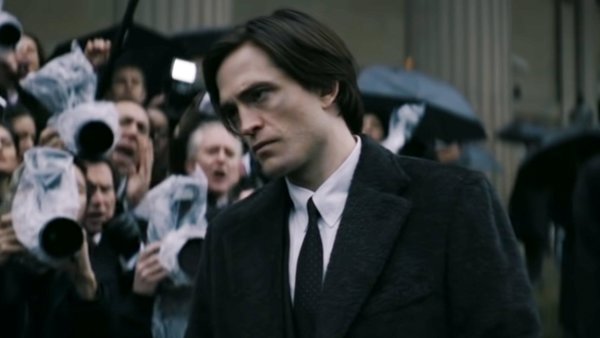The Batman: Ending Explained

Wayne is an even more conflicted individual at the end of The Batman than he was going in. The revelation that his father, Thomas turned to Carmine Falcone to help ease his problems is big, and it rocks Bruce's already-struggling psyche massively.
That plot point should also help mould what happens in the sequel. Gotham's populace need Batman, but some just won't admit it. He's a hero, albeit a shunned one by many he helps. That's nothing new for the character, of course, and yet Reeves' opening flick leaves Gotham in a worse state than he found it before the credits roll.
There's your hook for the follow up. Or one of them, at least.
Wayne, in perpetual mental agony over his crazy devotion to the city, goes from screaming buzzwords/phrases like, "I'm vengeance" to realising that he must spread a message of hope. Meanwhile, that hope is threatened by the knowledge that his dear Alfred is close to death in hospital.
Destroying all before him won't get the job done - Gotham, for all its faults, deserves better than that and he knows it.
Of course, there's also the not-so-small matter of falling in love. Batman/Bruce has never really been able to resist the charms of Catwoman/Selina Kyle; she's one of his few weaknesses when the Batsuit is on, and that's something Reeves never once shied away from in his film.
Indeed, the romantic melodrama that plays out between Cat and Bat is one of The Batman's biggest strengths. There's a real air of sacrifice running through everything; does Wayne bag the girl and go to Bludhaven with Selina, or does he stay in Gotham as a lonely soul who's only trying to do what is right?
Million dollar question, and The Batman answered it with quite the literal piece of cinematography.